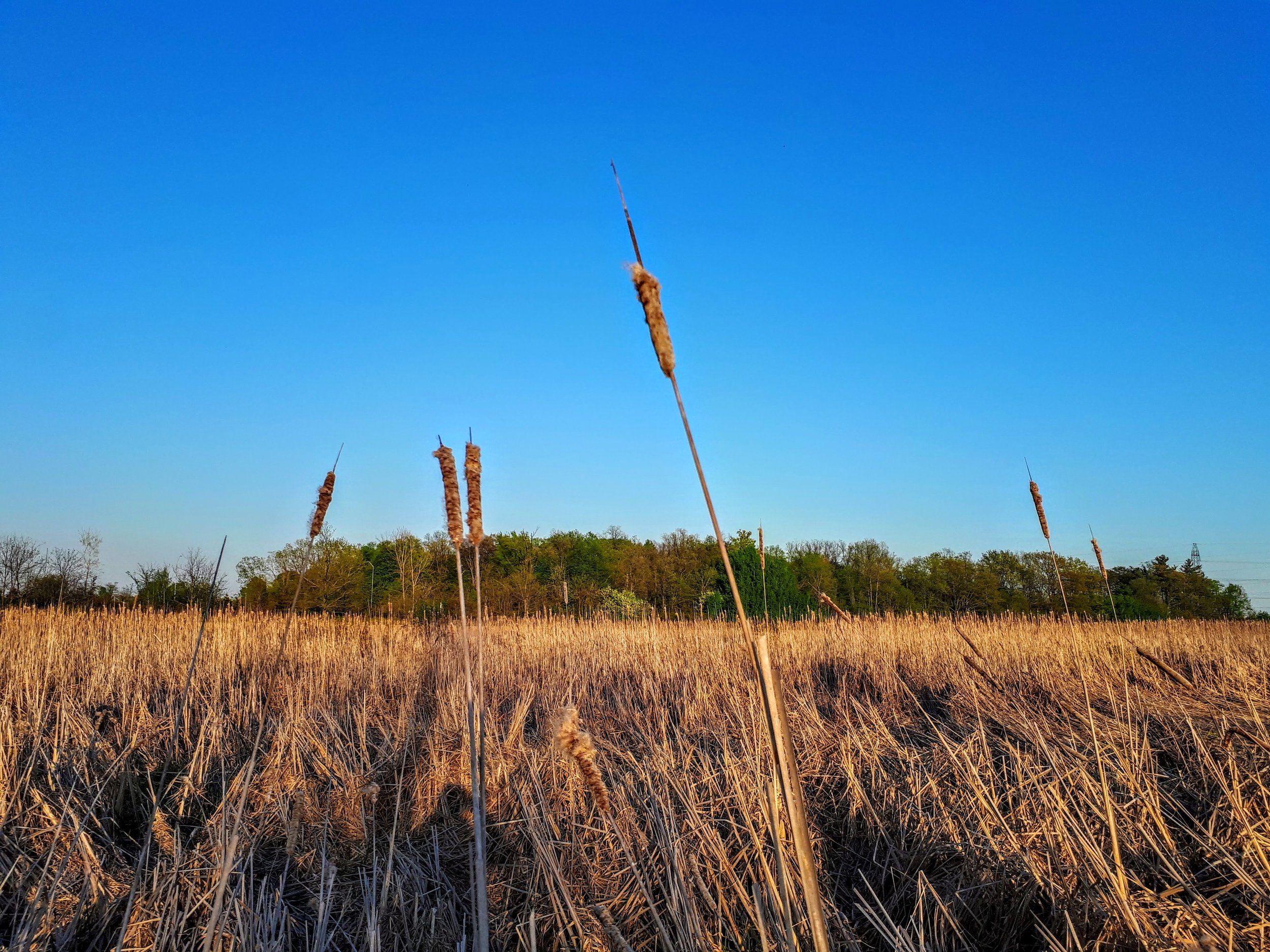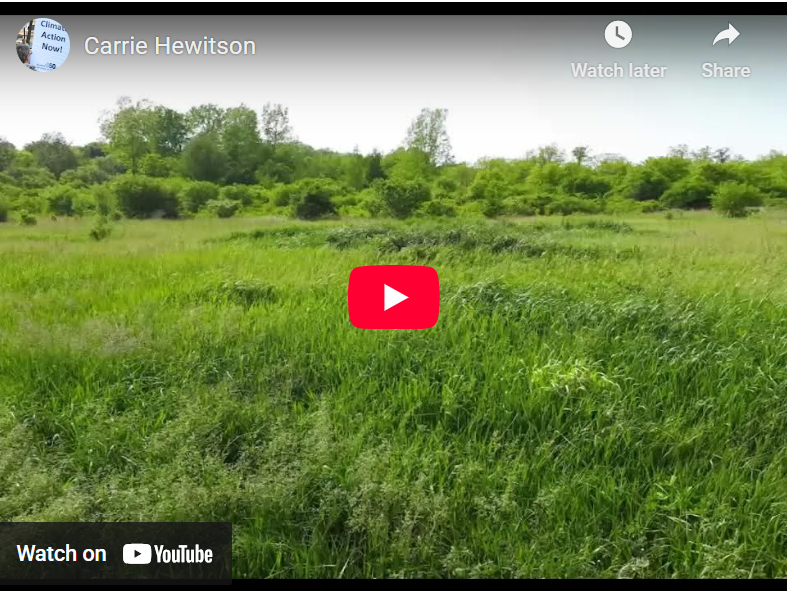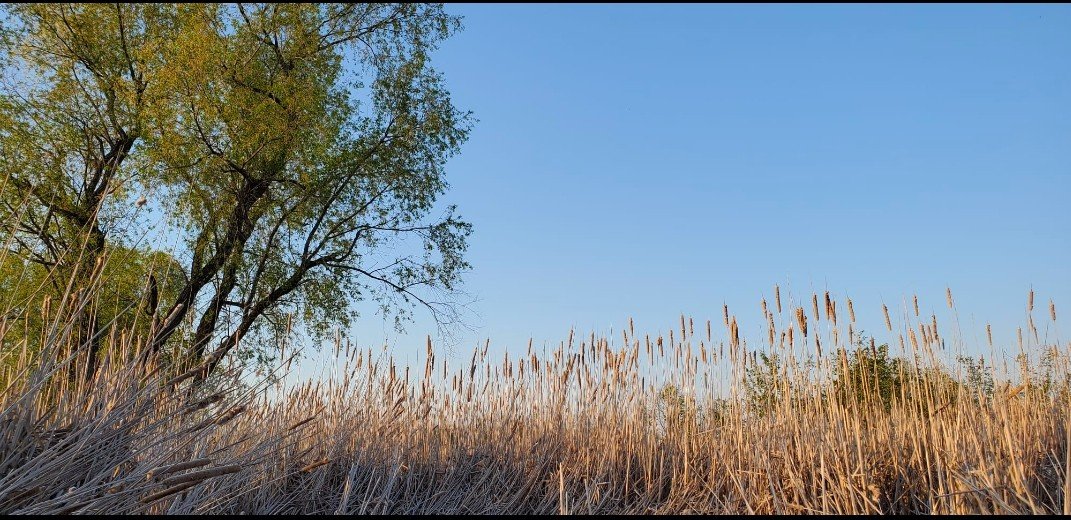
Meet the Marsh
Follow the Flow of Ancaster Creek
From its source in the Garner Marsh, Ancaster Creek is a coldwater system which supports fish and wildlife requiring a coldwater environment. Climate change and environmental factors such as runoff from highways, have the ability to warm the temperature and increase it’s salinity resulting in loss of habitat for fish, amphibians, turtles and other wildlife that depend on this unique ecosystem for their survival. There are now only two historic wetlands in the Ancaster Creek subwatershed and the Garner Marsh is the only one still located in its original location.
Studies show that 8% of the Ancaster Creek subwatershed was comprised of wetlands prior to colonization but that only 0.3% of those still remain. The Ancaster Creek subwatershed has already lost over 96% of it’s historic wetland cover. We cannot lose more. This marsh located at the headwaters of Ancaster Creek is teeming with life and supports biodiversity across the watershed.
Follow the flow of Ancaster Creek from its origins in the Garner Marsh to Cootes Paradise in this engaging short documentary by Craig Cassar.
Who Calls the Marsh home
Green Tree frog at the Marsh
American Toad at the Marsh
A nest in the Marsh
Tundra Swans resting on the farmland beside the Marsh during migration
Juvenile Newt at the Marsh
Bustling with Life
Toronto Developer ONE Properties is claiming the marsh has no value and doesn’t support local wildlife. We toured the site and found it to be teeming with life. Listen for yourself!
Water supports wildlife!
Carrie Book is a third generation farmer who lived and farmed adjacent to the wetland. As part of the original successful campaign to deny the permit to destroy this marsh, Carrie passionately shared her relationship with the land and why this Marsh is worth protecting!
Listen to her presentation at Hamilton 350’s 2021 Save the Marsh info session.
Are you downstream?
It’s not just critters in the Marsh and surrounding land who call this wetland home.
The Ancaster creek flows from the Marsh, through the Hamilton Golf and Country Club, through urban Ancaster, and over Sherman Falls on its way to Dundas and on to Cootes Paradise.
Its unique coldwater characteristic is a rare habitat for species like the Brook trout and Longear sunfish that rely on a coolwater habitat to thrive. Wildlife upstream and downstream would be impacted by changes in water temperature, and increased pollutant levels including road salt, oil and petroleum from the warehouse complex.
Source: HCA (click image to visit)
Some history
In 2021 when the developers first proposed to “slide over the wetland” by destroying it and constructing a new marsh in a different location convenient to them, Hamilton Conservation Authority Staff and local citizens had serious concerns. Marshes and swamps exist where they are for a reason and it is simply not possible to slide over a wetland. Apart from spring pools, the existing wetland does not consist of open water in the hot summer months with the magic being mostly below the surface. The Marsh is like a natural sponge, soaking up rain water and functioning as both as a filter and headwater of the Ancaster creek.
The developer’s proposal was to dig a hole in a location which is out of the way of their proposed warehouse complex and fill it with water that will sit stagnant and warming in the sun. This doesn’t even come close to emulating the true headwater that currently exists and would compromise both the purity of the water and the cold water species that require cooler temperatures to survive in the creek downstream. The Ancaster creek is also known as Coldwater creek for this reason.
Even preserving the wetland but surrounding it with warehousing would destroy its functionality. Stormwater runoff and effluent from the surrounding parking lots and loading bays would wash into and contaminate it, and wildlife that attempted to reach it would have to navigate vast distances of concrete to do so. Every wetland is precious and this one is no exception. In settled areas of Canada, up to 70% of our wetlands have already been destroyed or degraded. In southern Ontario, 68% of the original wetlands have been converted from their natural state to support alternative uses such as agriculture and housing.
The Garner Marsh is one of only two wetlands left in the Ancaster Creek Subwatershed and the only wetland in its original location. As wetlands continue to disappear, so too do the many benefits they provide. They protect us from flooding, drought and climate change. They protect wildlife by providing hundreds of species with safe places to eat, sleep and raise young. They give us natural places to play, learn and explore. They also clean the water we enjoy at beaches, lakes and rivers.










